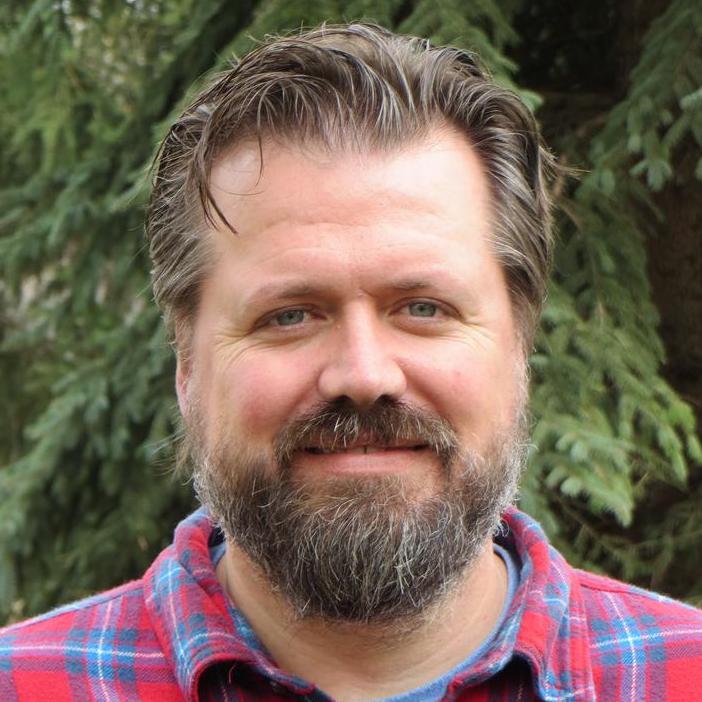Sitting at St. Paul Catholic Church in Marty, South Dakota, we (fifty young people and their youth leaders) listened as Sr. Miriam spoke about her time living among the Yankton Sioux. “Yankton” and “Sioux” aren’t the names they prefer; they were giving to them by white European settlers. She spoke of God’s call upon her life to come to South Dakota as a young woman to teach native children. For fifty five years she’s lived on the prairie. We bonded when she found out I attended Catholic high school—she knew about Mason City Newman, and appreciated my brief attempt to help protestant kids understand the layout of the Catholic sanctuary. Some of our young people, very innocently, walked up to the altar and started messing with the tabernacle. So, I told them to stay off the steps, carefully explaining why the space was considered sacred to Catholic Christians. “I think it’s important we remember some space is sacred,” she said.
Along with sister Miriam, we listened to an older native gentleman talk about the importance of St. Paul church and school. He did so with grace, welcoming us mostly white protestants into his space and his land. He encouraged us to be gracious during our time on the reservation, to know that the native people are friendly, and to take the time to explore their culture. As he spoke, he included some subtle reminders. He spoke of the land the U.S. government took from his people to construct a dam on the Missouri river. He explained how the native people have different values; they’re not materialistic and don’t measure wealth by possessions or the condition of their houses and lawns. He spoke of the strong spirit of his people—they have survived.
I’m guessing his words didn’t make much sense to most of the young people, though they listened intently. Most of them don’t know the history of the native people in the United States—I’m certainly not an expert. I know enough, however, to feel the weight of his words. I’m the intruder, the alien, the one invading his/their space. And yet, he responded to my presence with hospitality; I was welcomed, assured, told I had nothing to fear. This morning, as you read this, I’ll be on my way to Wounded Knee with this same group of young people. We’ll see the stone marking the mass grave, and hear the story of death and suffering. Once again I will be reminded of the people who lived here long before my ancestors came to this country.
Taking a pilgrimage to Wounded Knee reminds me of how silly and superficial the immigration is. It reminds me of the arbitrary nature of laws and lines, policies, and walls—it’s all about who has the power to draw the lines and make the rules. In a way, we’re all illegal—we’ve all infringed on another group of people. More importantly, none of us are illegal—we’re all made in the image of God, redeemed in Jesus Christ, sons and daughters of the King.

